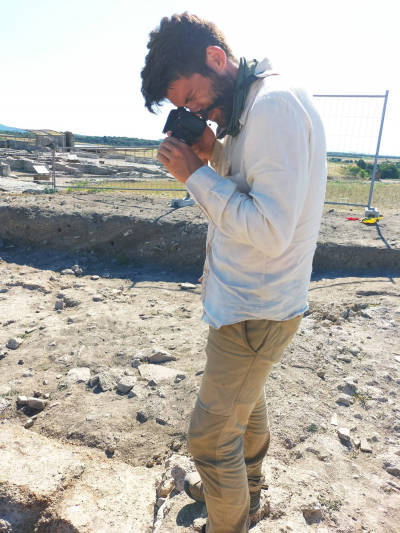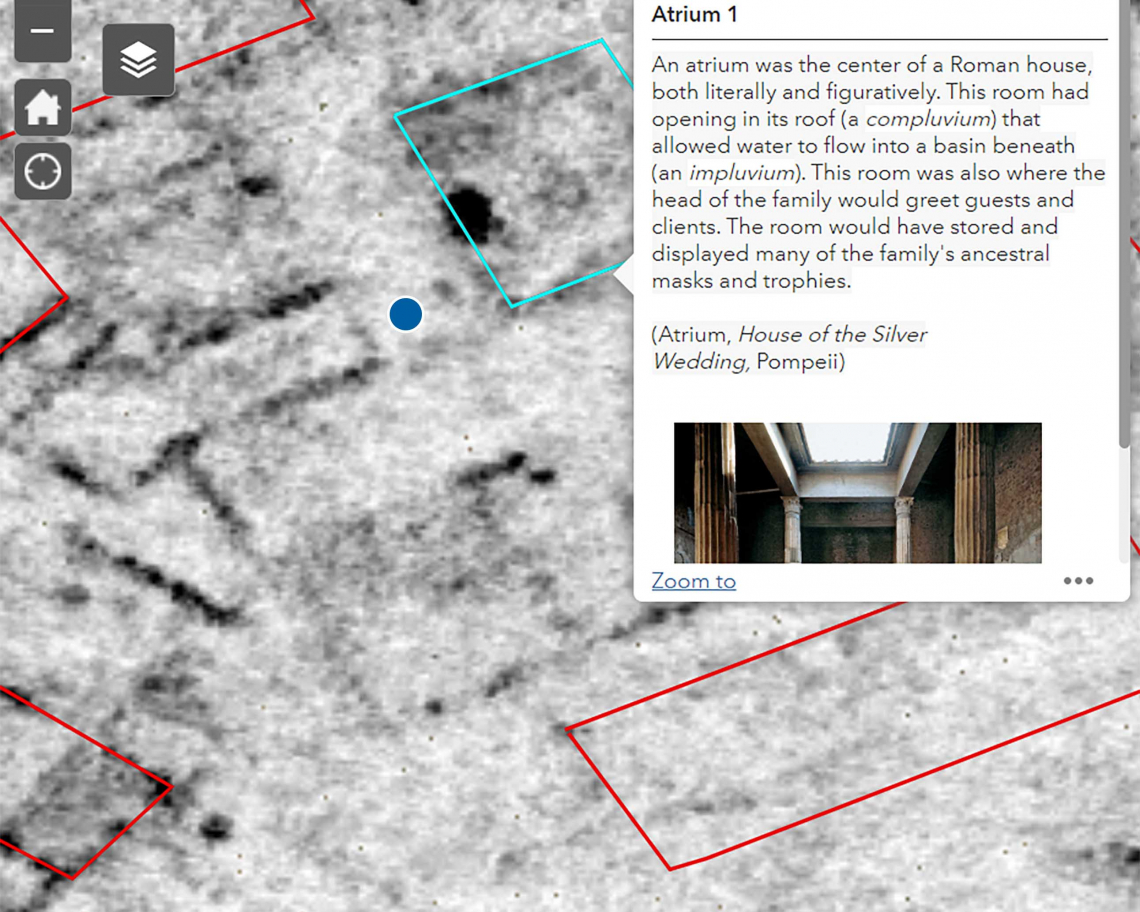
I was able to take advantage of several opportunities this summer thanks to the generous funding offered by the department. My summer started off with the Duke in Rome summer study abroad program for which I served as the Teaching Assistant alongside Prof. Gonzalez. It was a truly incredible experience! We brought a fantastic group of Duke undergraduates on the educational adventure of a lifetime, teaching Roman history through the very fabric of the city itself. We also made numerous excursions to visit the most important sites and collections of Roman culture. Pompeii, Hadrian’s villa at Tivoli, the sanctuary of Fortuna at Praeneste, and ancient Etruscan Necropoleis all featured on the curriculum amongst a whole host of others. I think it’s fair to say that none of us will forget the experiences we shared amongst the ruins and piazzas of the bel paese. I am immensely grateful for the opportunity I had to share my passion with such an excellent group of bright students that this course provided amongst some of the most amazing settings on earth.
After the conclusion of the course, I was able to participate once again in the Vulci 3000 Archaeological project, excavating the remains of the once immensely wealthy Etruscan and Roman city of Vulci. This summer I had the pleasure of working alongside to their Duke classical studies graduate students and friends, Dani Vander Horst and Andrew Welser. While working as a team we uncovered a large section of a new structure paved in large blocks, indicating the importance of this building status and function. Several water related features including a cistern and several water distribution channels further underscore this fact and may help clarify its exact purpose.
As part of my role on the larger team, I built an application to augment visitors’ experience at the archeological park through the interactive visualization of the ground penetrating radar data the team has gathered over the last few years. This application allows visitors to track their movement in real time through this data, which is overlayed on a map of the park’s current topography, effectively allowing them to peer “through” the surface to see the archaeological features below. For instance, a visitor may walk through one of many seemingly empty fields at Vulci, but when they use the application they will see that they are in fact walking through the atrium of a large and opulent Roman house. The app also provides historical details, reconstructions, and archaeological comparanda for the various structures highlighted in the ground penetrating radar data. All in all, this summer offered an incredible array of experiences that would only have been possible through the generous support of the Department of Classical Studies!


